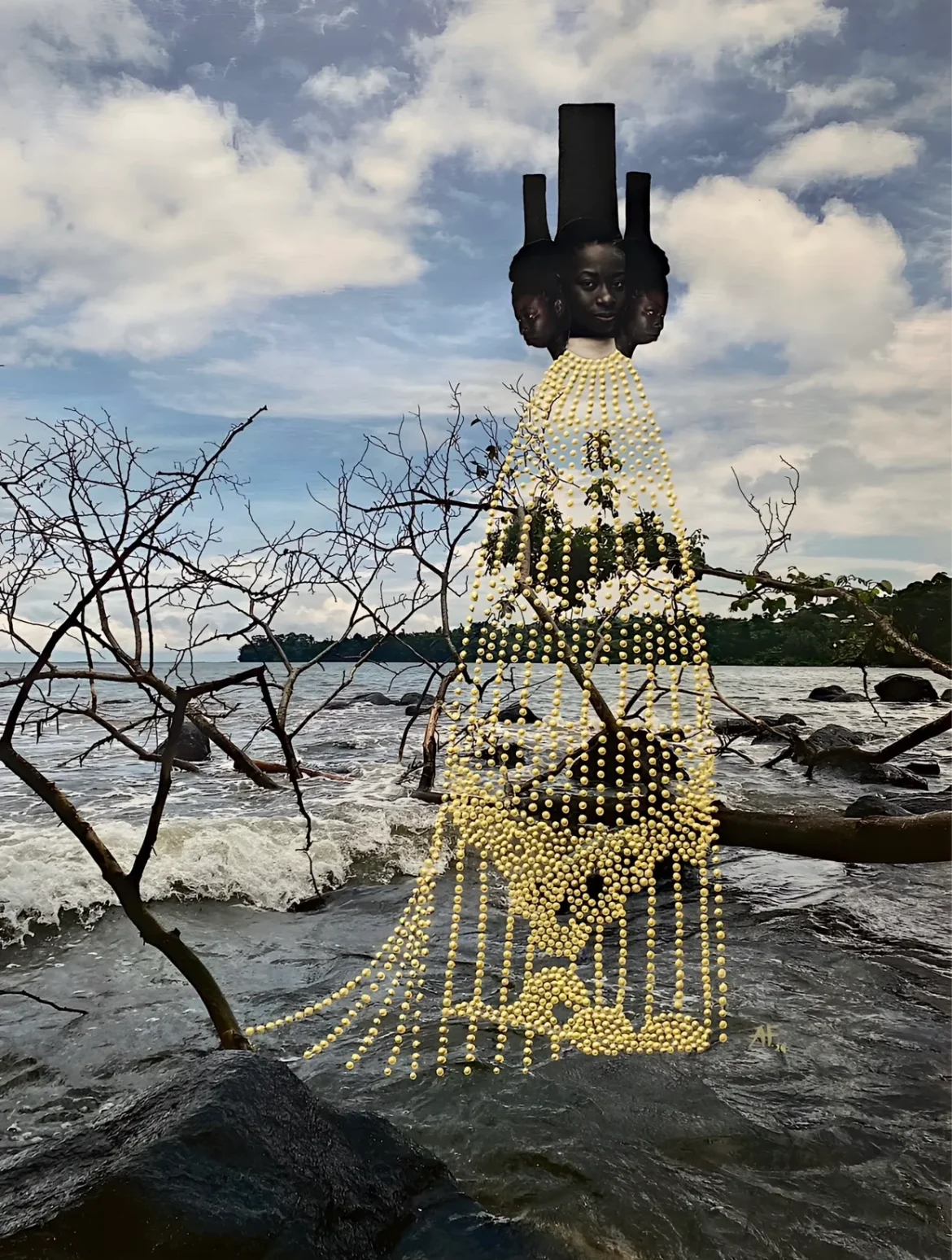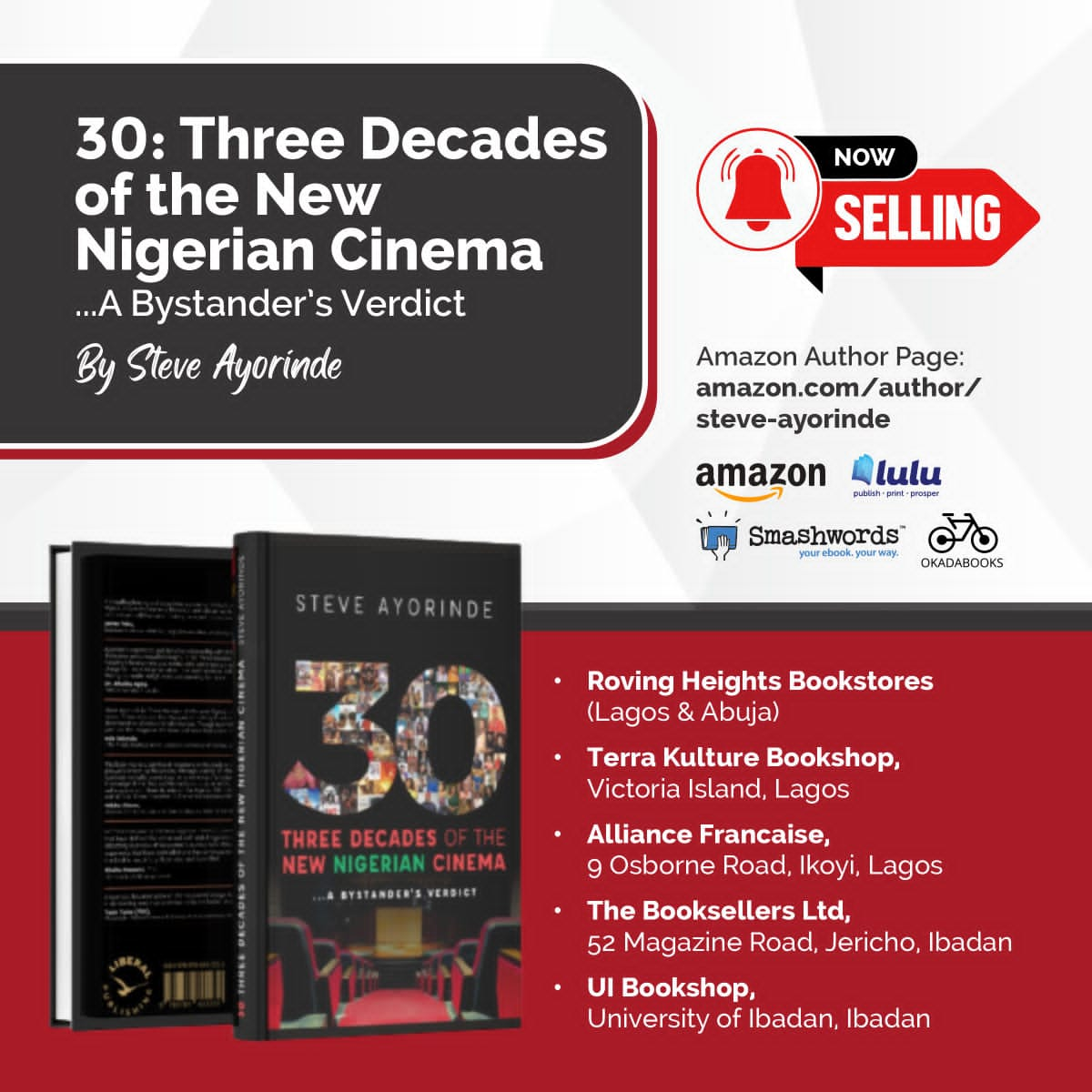After fifteen years of championing photography as a platform for exchange and critical reflection, the African Artists’ Foundation (AAF) announces that LagosPhoto Festival will now adopt a biennial format, on view from October 25 – November 29, 2025.
This transition marks a new phase of growth, creating space for deeper inquiry, broader programming, and expanded impact. Under the theme “Incarceration,” the 2025 edition examines the many visible and invisible forms of confinement—whether imposed by systems or self—that continue to constrain marginalised peoples. The biennial asks how images can expose, challenge, and reimagine carceral structures.
Presented across four venues in Lagos and Ibadan, the program features solo and collaborative projects, institutional exhibitions, screenings, and talks. LagosPhoto’s debut expansion to Ibadan will foreground works engaging the city’s urban and architectural expressions of incarceration.



Incarceration often hides in plain sight. The global carceral system rests on institutions and policies that claim reform yet reproduce control. Beyond physical walls, confinement also manifests psychologically, ideologically, and spiritually—subtle forms that shape imagination, desire, and the very idea of freedom. Photography has long been complicit in these systems, used to surveil, categorise, and justify power. Yet it has also served as a weapon of resistance—documenting liberation movements, envisioning sovereignty, and celebrating everyday life. Through these dual histories, photography emerges as both a tool of domination and a medium of emancipation.





Continuing AAF’s long exploration of photography’s evolving scope, LagosPhoto embraces media beyond the camera’s frame—spanning printed, sculptural, woven, dyed, and performative works that merge image, sound, text, film, installation, and archive. Artists interrogate photography’s role as both an instrument of control and a vehicle for freedom, engaging histories of trauma, displacement, and renewal.

Ayobami Ogungbe’s woven series evokes the emotional textures of migration, Geremew Tigabu captures spectral landscapes shaped by conflict, while Cesar Dezfuli and Stefan Ruiz trace how portraiture navigates systems of borders and belonging. Yagazie Emezi and Nuotama Bodomo rework ethnographic traditions through indigenous knowledge—Emezi invoking ancestral memory through textiles and ritual, Bodomo reframing film through Afro-indigenous rhythms. Other artists address psychological and ecological rupture, from Shirin Neshat’s haunting meditations on freedom to Sharbendu De’s visions of climate futures.



As the inaugural biennial edition, LagosPhoto 2025 opens a transformative new chapter—building on fifteen years of experimentation while pursuing fresh dialogues around invention, resistance, and freedom. The new format combines open-call projects with a curated core, emphasizing archival research, intertextual practice, and experimental collections. Selected proposals span Africa, its diaspora, and global affinities, with a strong focus on West Africa’s linguistic and cultural networks.


Projects engage critical questions of ecology, migration, identity, religion, and architecture, and excavate both metaphorical and literal prisons. Exhibitions unfold across historic sites of gathering, resistance, and transformation. In Lagos, the core program activates three venues: African Artists’ Foundation (AAF)—reopening after two years of renovation; Nahous Gallery, newly opened within the historic Federal Palace complex (site of Nigeria’s independence signing and FESTAC ’77); Freedom Park, once a colonial prison, now a civic landmark.



In Ibadan, the biennial activates the New Culture Studio designed by Demas Nwoko (1970), exploring urban and architectural dimensions of confinement. Additional satellite venues include Didi Museum and Alliance Française de Lagos.
LagosPhoto 2025 is presented with support from the Ministry of Art and Tourism, National Geographic, Canon, Open Society Foundations, and Nahous Gallery, alongside local collaborators Kòbọmọjẹ́ Artist Residency (K-AiR), Madhouse, and Wunika Mukan Gallery.
Credit: https://www.vogue.com/







